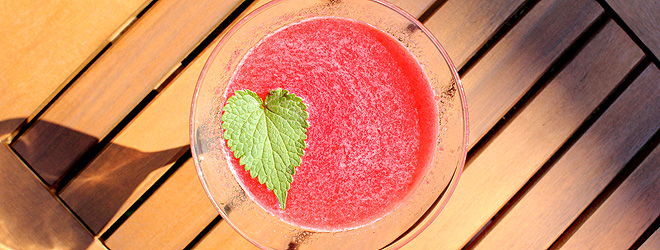Pansies, and their smaller cousins violas,* are a garden essential. They can brighten up a border or basket in almost any colour you can think of and, for us, their edibility makes them great for floating on a cocktail** when someone posh comes round to visit. And they’re virtually indestructible, which suits our lazy style of gardening a treat.
To give you a further flavour of their easy-going, colourful character we’ve put together this growing guide for you to enjoy…
What are pansies?
Pansies are five-petaled flowers that come in a huge range of varieties and colours. The name ‘pansy’ derives from the French word ‘pensie’ which means thought or remembrance. Besides their cheery disposition gardeners also love them because they flower in early spring or late autumn, when there’s not much other colour around. They’re rarely troubled by disease and tolerate most conditions, although they’re no so keen on long, hot summer days.
Sowing
Although garden centres are nearly always well stocked with cheap trays of pansy and viola plants, they’re not much of a challenge to start from seed (I had some self-seeded violas growing in my lawn this year). Sowing will also give you a greater range of varieties from which to choose – browse the selection at Garden Seeds Market for an idea of what’s available. June and July are the best months for sowing: cast the seeds in a tray or seed bed and they should germinate within a week or two. Prick them out as they grow and when the plants have three or four true leaves they’re ready to move in position.
Planting up
If you’ve sown your own seeds for autumn then you’ll probably be planting them up in late August or early September. For shop bought plug plants you can leave it until early October. If you’re looking for spring pansy action then get busy after the danger of frost has passed. They’re at their best in containers, hanging baskets or border edges, dug into some decent compost. If you’re placing them in pots then don’t pack them in too tight as their growth can be quite vigorous as they scrap for water: this year my pansies successfully elbowed a fuchsia into a small corner, starving it of nourishment. If you’re expecting them to hang around through summer then keep them away from full sun, otherwise most spots will be fine (although, as with most bedding plants, too much shade will cause them to get a bit raggedy as they reach out for light).
Aftercare
Pansies can be quite thirsty and don’t much care for dry ground so keep on top of watering, especially with those dwelling in pots and baskets. Trim away any dead flowers from time to time, consider giving them a feed if it looks like they’ve sucked the life out of their compost, and enjoy their bright colour charms in the garden and on top of your next cocktail.
+++++
*What’s the difference between a pansy and a viola?
It can get a little confusing because pansies belong to the viola family but we tend to refer to violas as the members of the family that aren’t pansies. Pansies are usually larger and have larger leaves but the best way of telling what is a pansy is to look at the five petals. If four of them point upwards then it’s a pansy; if only two point upwards it’s a viola. Voila!
**Due to their size, violas tend to be a better cocktail garnish, unless you’re serving martinis in buckets
This is a sponsored post







